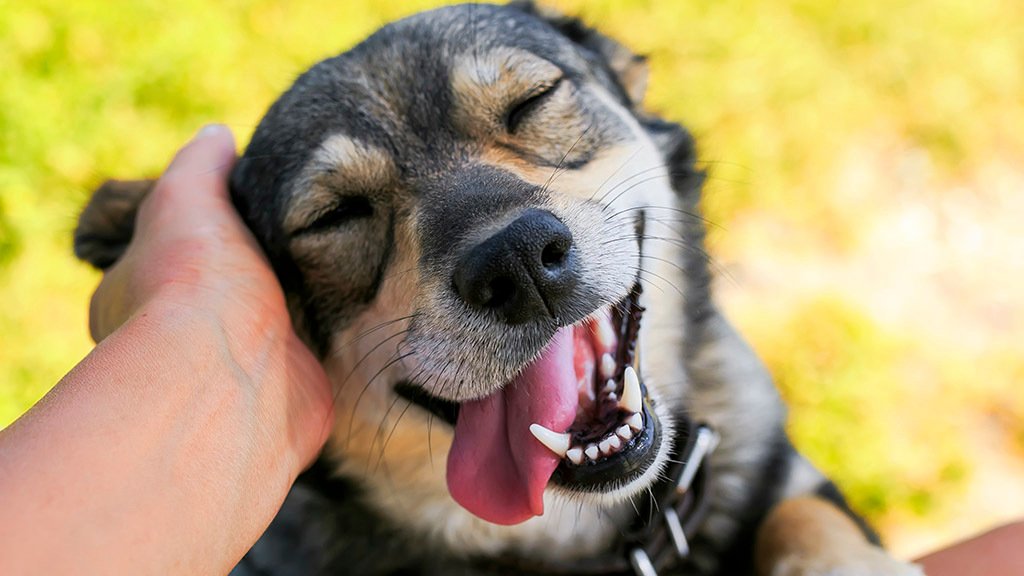Researchers debunk every dog year is not equal to 7 human years

Since time immemorial, we have been taught that multiplying the dog’s age by 7 determines how old he/she is in “human years.”
As it turns out, every dog year is not equal to 7 human years. This was the recent finding of the new research which was recently published last week in the Cell Systems journal. Apparently, scientists discovered that dogs and humans don’t age at the same rate.

With that data, University of California San Diego School of Medicine researchers have created a new formula and therefore showed how dogs grow old at a much faster rate than humans early in their lives, then slow down after reaching maturity.
They identified this by tracking molecular changes in the DNA of Labrador retrievers, and in particular “the changing patterns of methyl groups” in their genome.
According to their release, lead author Trey Ideker quoted “This makes sense when you think about it — after all, a nine-month-old dog can have puppies, so we already knew that the 1:7 ratio wasn’t an accurate measure of age.”
Meaning, their study found out that the rate of aging decreases after dogs turn 7, which puts a one-year-old doggy equal to a 30-year-old human and a four-year-old dog to a 52-year-old human.

It was also described “the first that is transferable across species,” and they are planning to test their findings on other dog breeds to study the impact of longevity on their findings, as mentioned also in the release.
Researches claim as well that this information sheds light to pet owners.
“I have a six-year-old dog — she still runs with me, but I’m now realizing that she’s not as ‘young’ as I thought she was,” Ideker, one of the scientists, shared.





